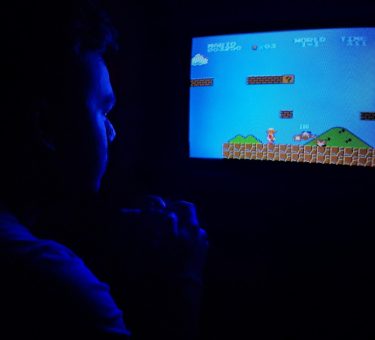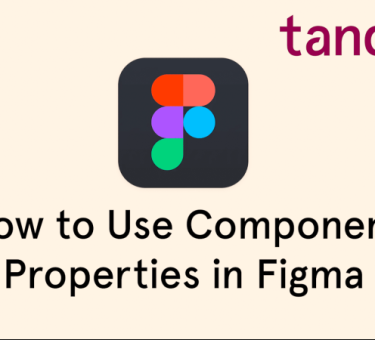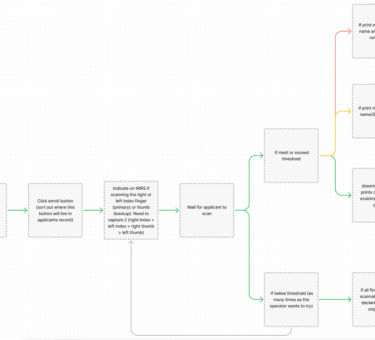Being a product designer is much like being an actor or actress: you study hard, practice, and audition to get a gig — and once you do, it’s your time to shine! But while you’re making sure your skills are on point and that you’re constantly learning, you must also keep in mind your audience: in this case, your clients and users. You have to be empathetic to their needs and communicate in the most effective way; you’ve got to perform in a way that is so compelling that those that interact with your work will be thoroughly engaged; and you must always leave a lasting impression because, well, impressions have the power to be impactful, and impact changes the world – design changes the world.
The key to keeping your client, users or audience happy is found in your ability to gather valuable insights. An insight is how we articulate the most valuable learning moments that emerge from our research. These “aha” moments help us discover the underlying motivations that drive behavior. Your insights should examine existing conventions and convey a new perspective. An observation isn’t enough: you must get to the why that inspires action. Understanding human behavior in order to create actionable insights that inspire change is a skill and a talent — and you’re the star of the show.
Let’s set the stage:
Research (Stage 1)
Pre-Performance
It is the opening night of your new show, and the seats are filled with eager viewers who are all awaiting your creative debut. Designs are set, production work has been done and released, and end-to-end testing has been conducted to make sure there are no bugs. Dimmed lights are optional but all phones are silenced and all eyes are peeled to the stage or screen. It’s showtime!
Performance
This is essentially the user research stage that can be done in various ways: onsite or virtual, and moderated or unmoderated. Your production and performance is the test and your audience are your users.
As you interact with your audience, you’re observing their behaviors and may even answer some questions. You want to know how they feel about your finished product and what they think could be done better or differently. Their honesty doesn’t offend you and only makes you and your delivery better.
Post-Performance
Everyone loved your performance but of course, there’s always room to improve. So you take all the research gathered from your observations and interactions with your audience, collaborate with your castmates (who are also your team) and download your findings and feedback. This can be on physical or virtual post-it notes, as you describe what you saw: facts, quotes, and impressions.
As you’re downloading, you and your team will start to identify hidden patterns in your findings. Naturally, you will start to sort and cluster these ideas and learnings, which will eventually form your themes. These themes are found in your most consistent, repetitive, and compelling findings. They are shared problems, thoughts, and feelings amongst your users. Keep in mind that these themes can change, but are formed to guide you into identifying opportunities as you continue to ideate.
Insights (Stage 2)
Now that you’ve done your research, have downloaded your findings, and identified your themes, you will consolidate your key findings. These can be quantitative (e.g. 10 out of 20 users would prefer XYZ) or qualitative (e.g. the majority of the users said XYZ), and should include significant information that stands out from your themes. It is the key, no pun intended, to forming your insight statements, which will inspire your How Might We (HMW) questions.
The goal of the HMW questions is to identify opportunities. Start by looking at the insight statements that you’ve created, and try rephrasing them as questions by adding “how might we” at the beginning. Great insights will produce multiple HMW questions and allow for a variety of solutions and answers. For every problem, there is a solution and How Might We questions help us turn our challenges into opportunities that inform action and design decisions! This is our foundation for brainstorming and innovating.
After identifying your key findings and forming your insight statements and How Might We questions, you can now create an insights report to communicate your findings to your clients or team. This is essential for outlining your problems and proposed solutions and opportunities. Your insights report can be a formal document or a presentation deck. Some reports may vary depending on your methods and findings but this is, give or take, the standard structure and information that should be represented:
- Table of Contents
- Overview
- Objectives (your why)
- Executive summary (your what)
- Methodology
- Set up and testing
- Who you spoke to/tested (your who)
- Your team
- Testing Goals
- Results
- Key findings
- Insights and opportunities
- Notable quotes
- Conclusion
- Suggested/ideal user stories or personas
- Next steps/action items
Action (Stage 3)
The most rewarding part of acting and designing is simply creating: creating experiences and products that entertain, solve problems, impact lives, and bridge gaps. While your research and insights are important, it’s what you do with the research that matters. The action you take from those findings and learnings are integral.
When acting and designing you can take on many roles and responsibilities. You are the glue between concept and creation; the heart between problem and solution; the vessel between idea and impact. It’s your time to shine – go forth and be great!









